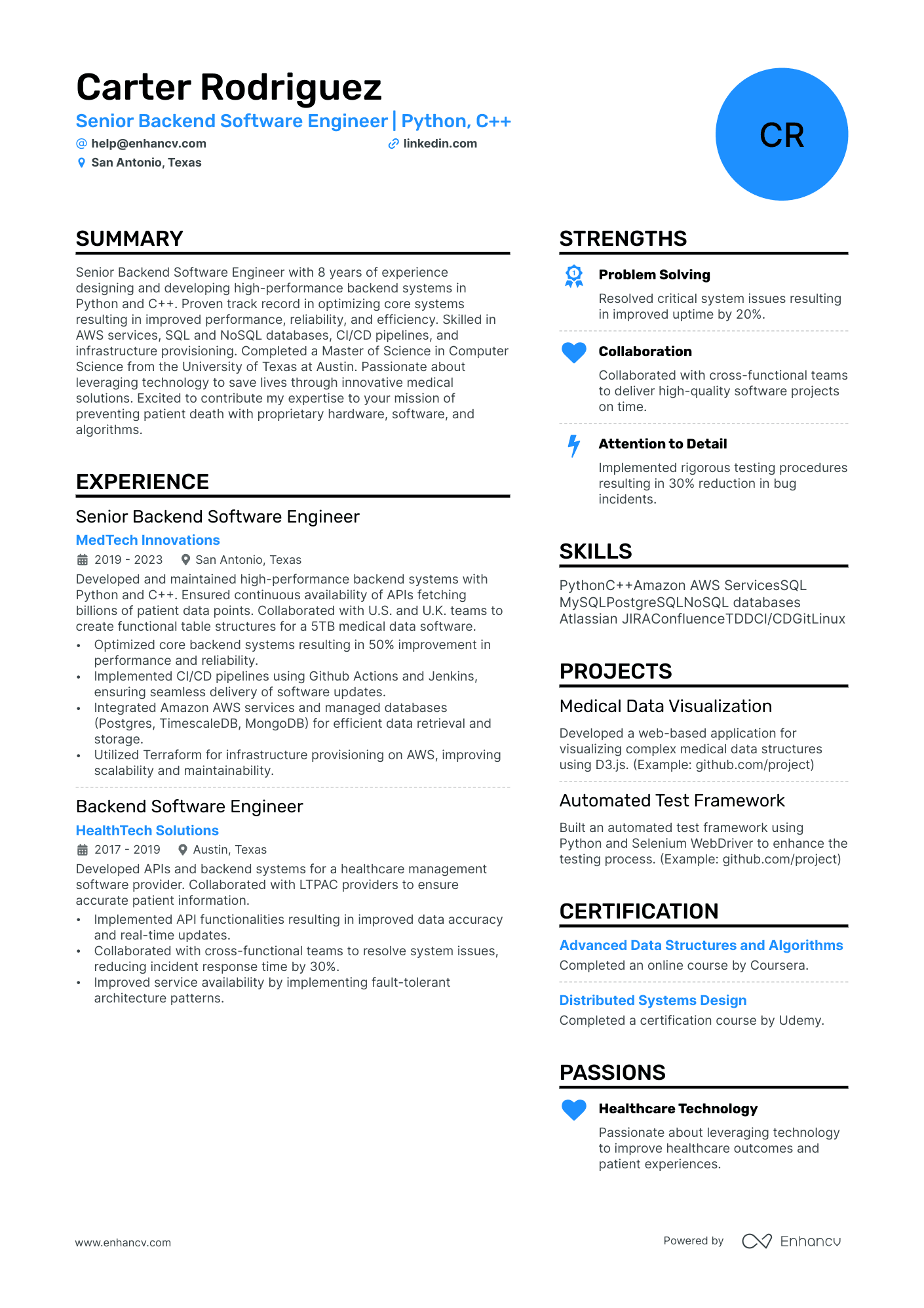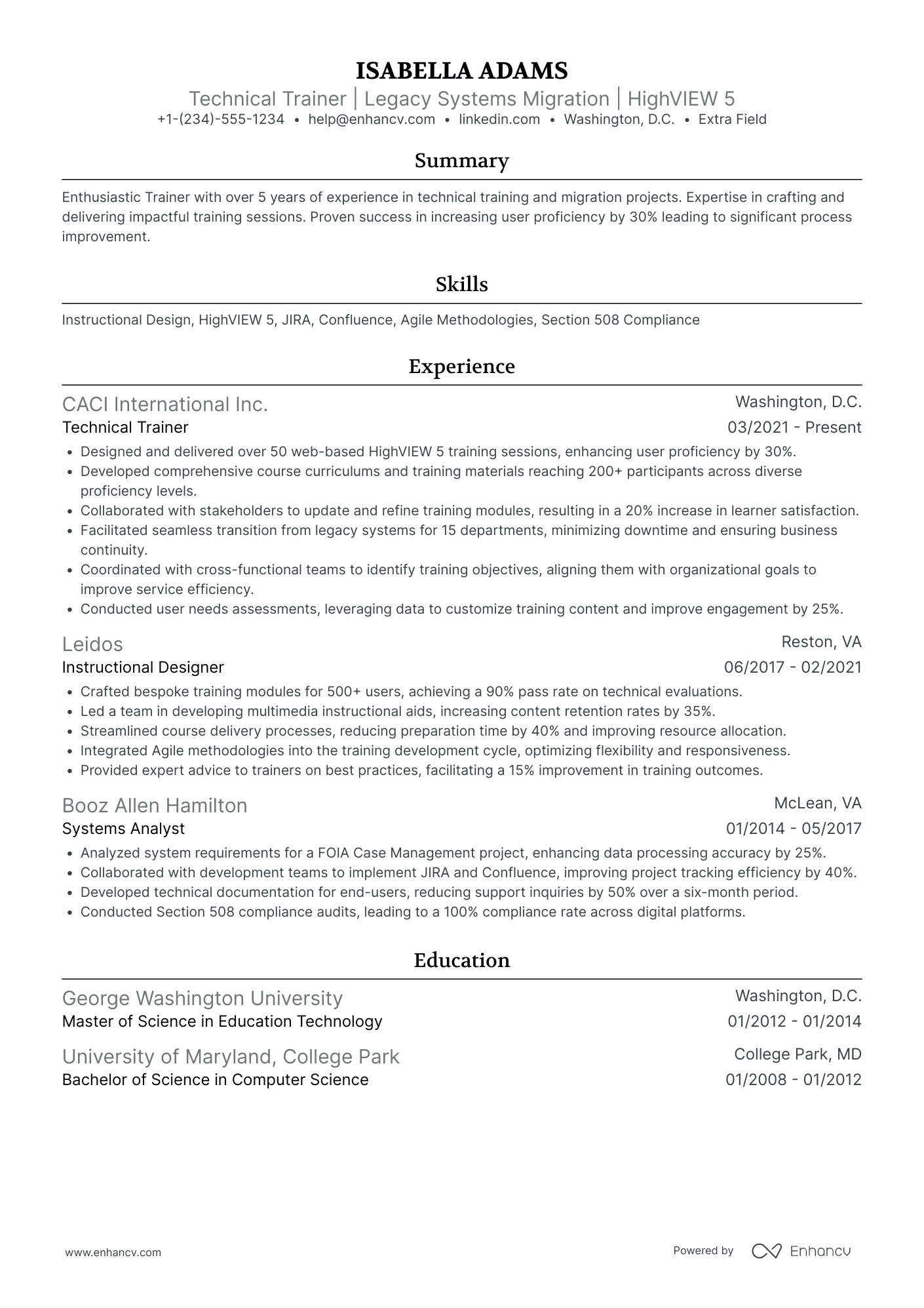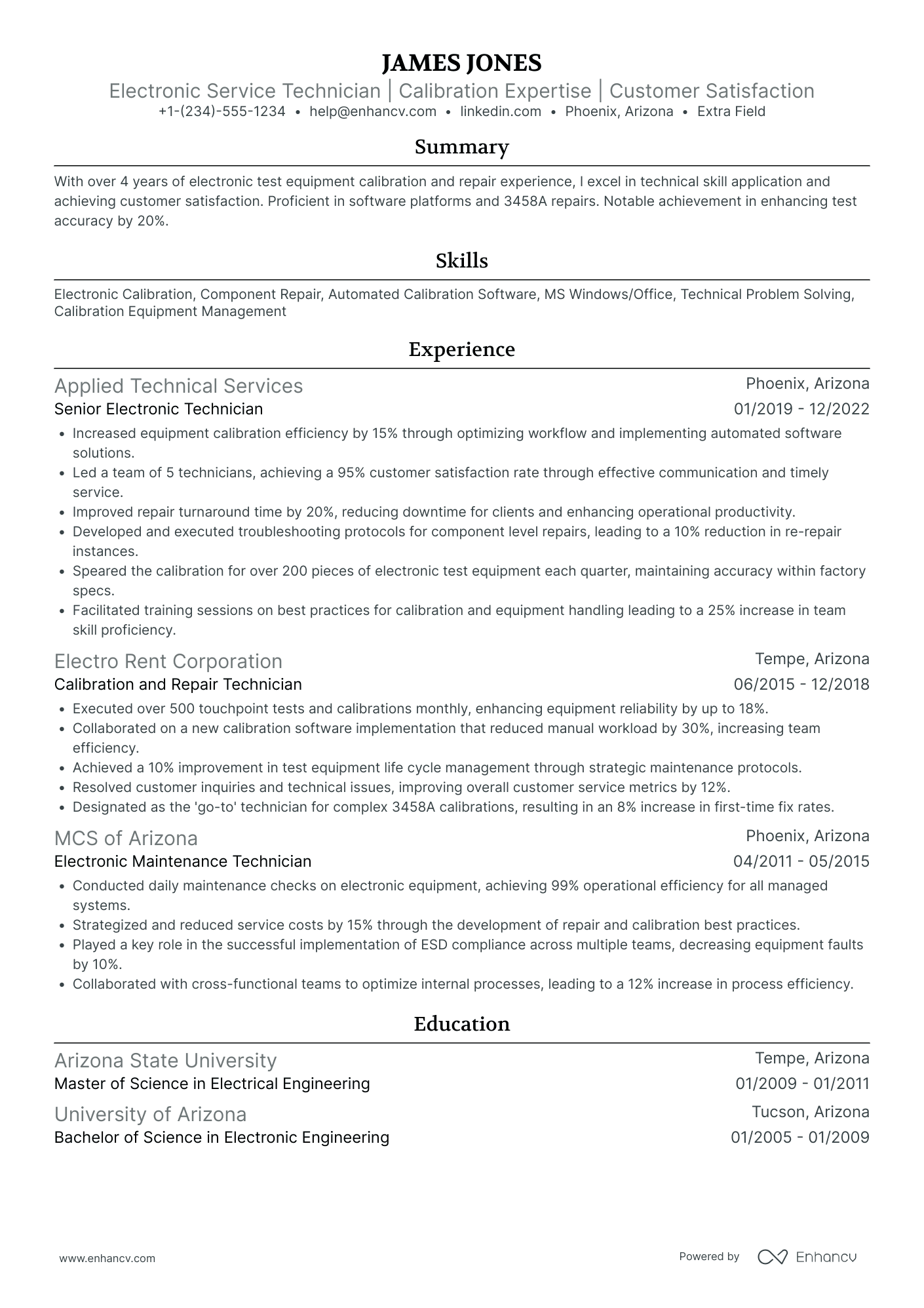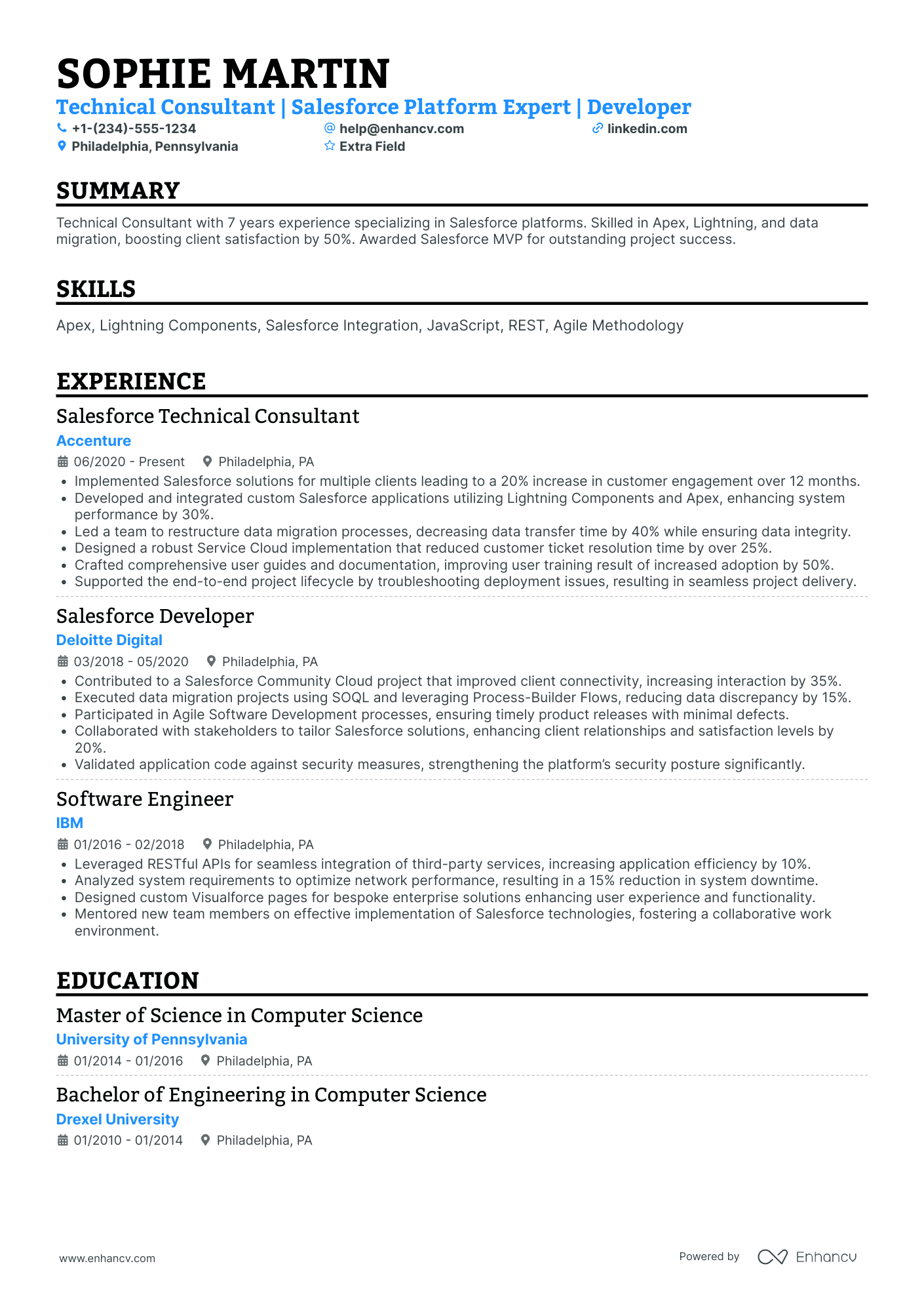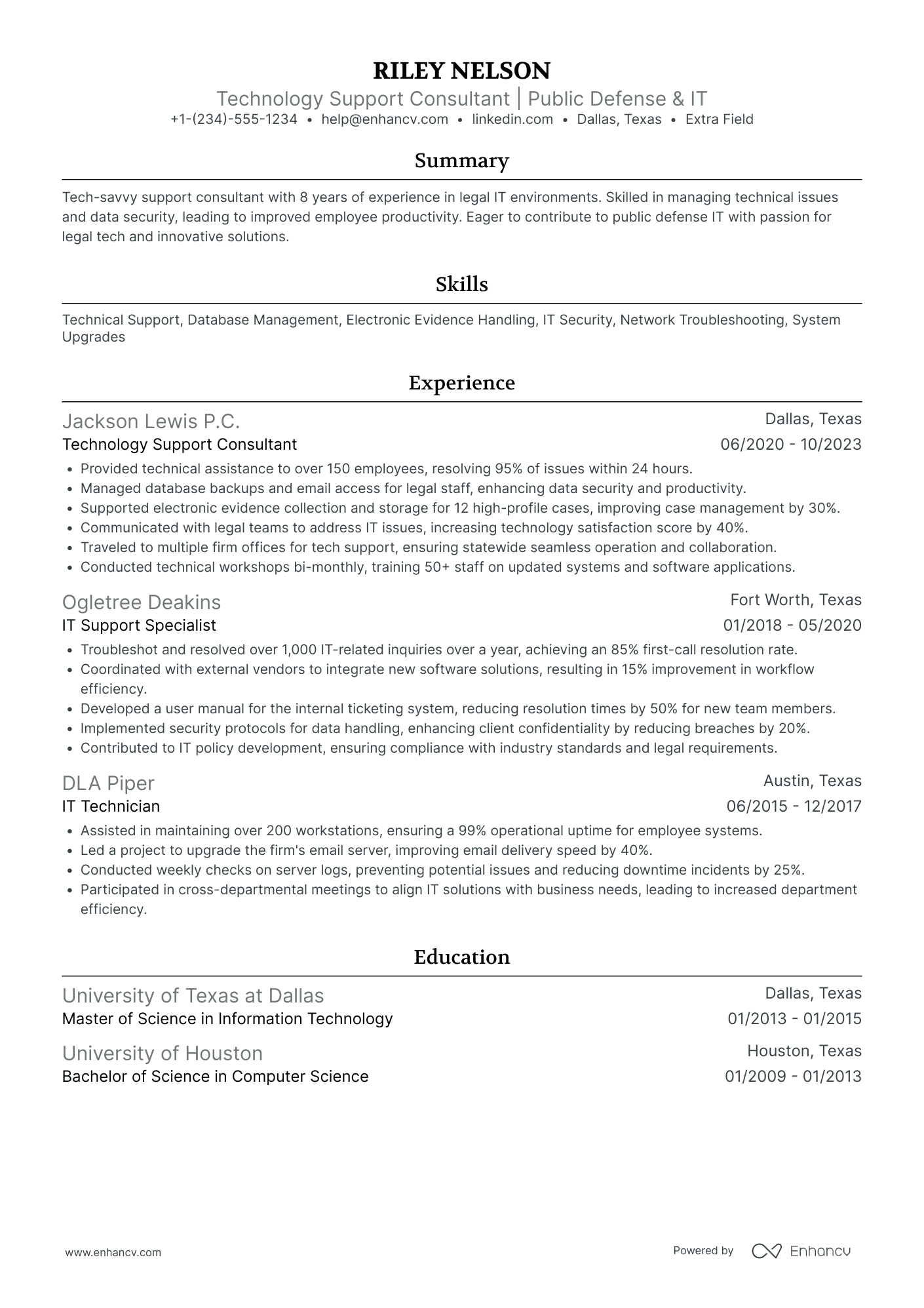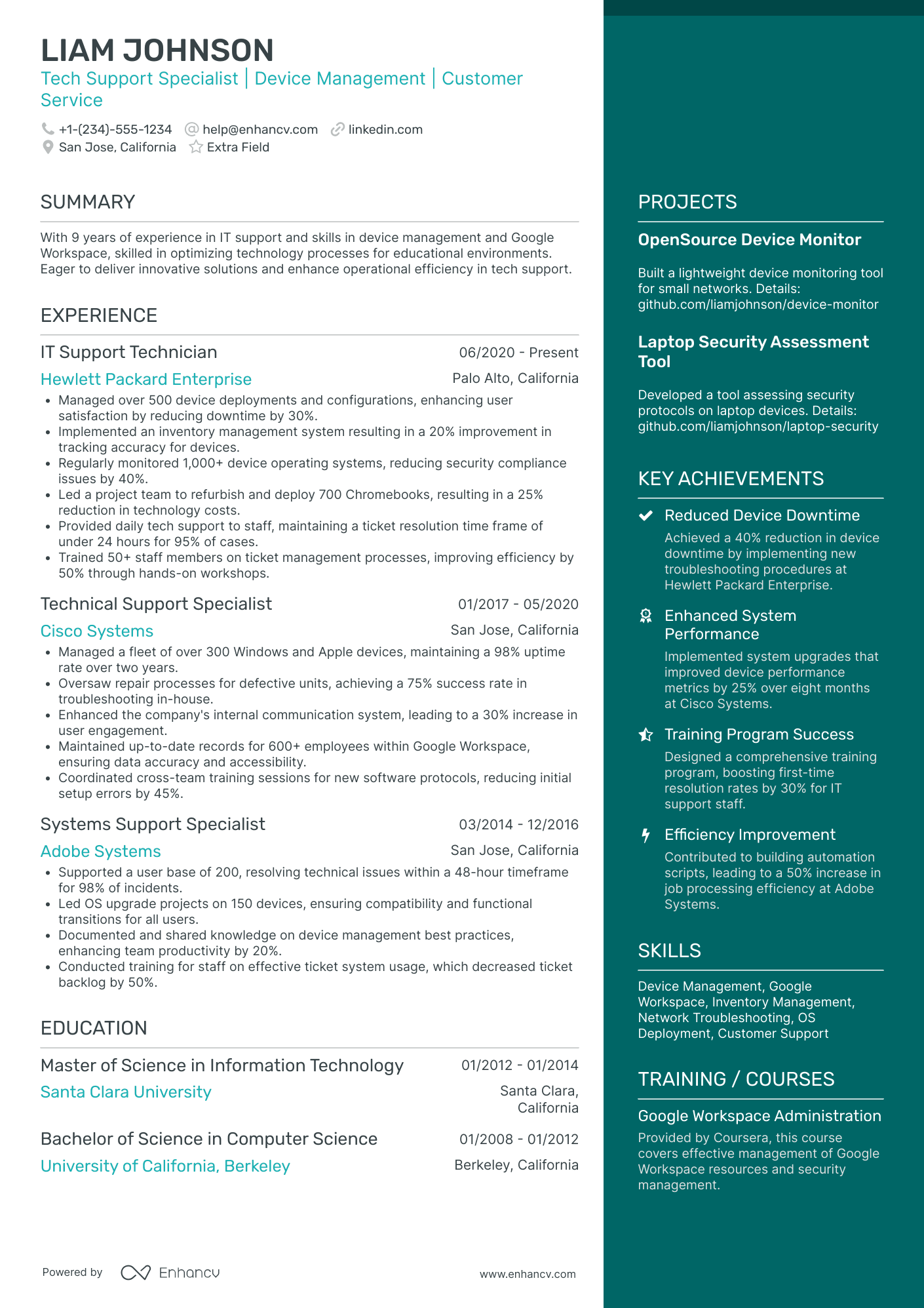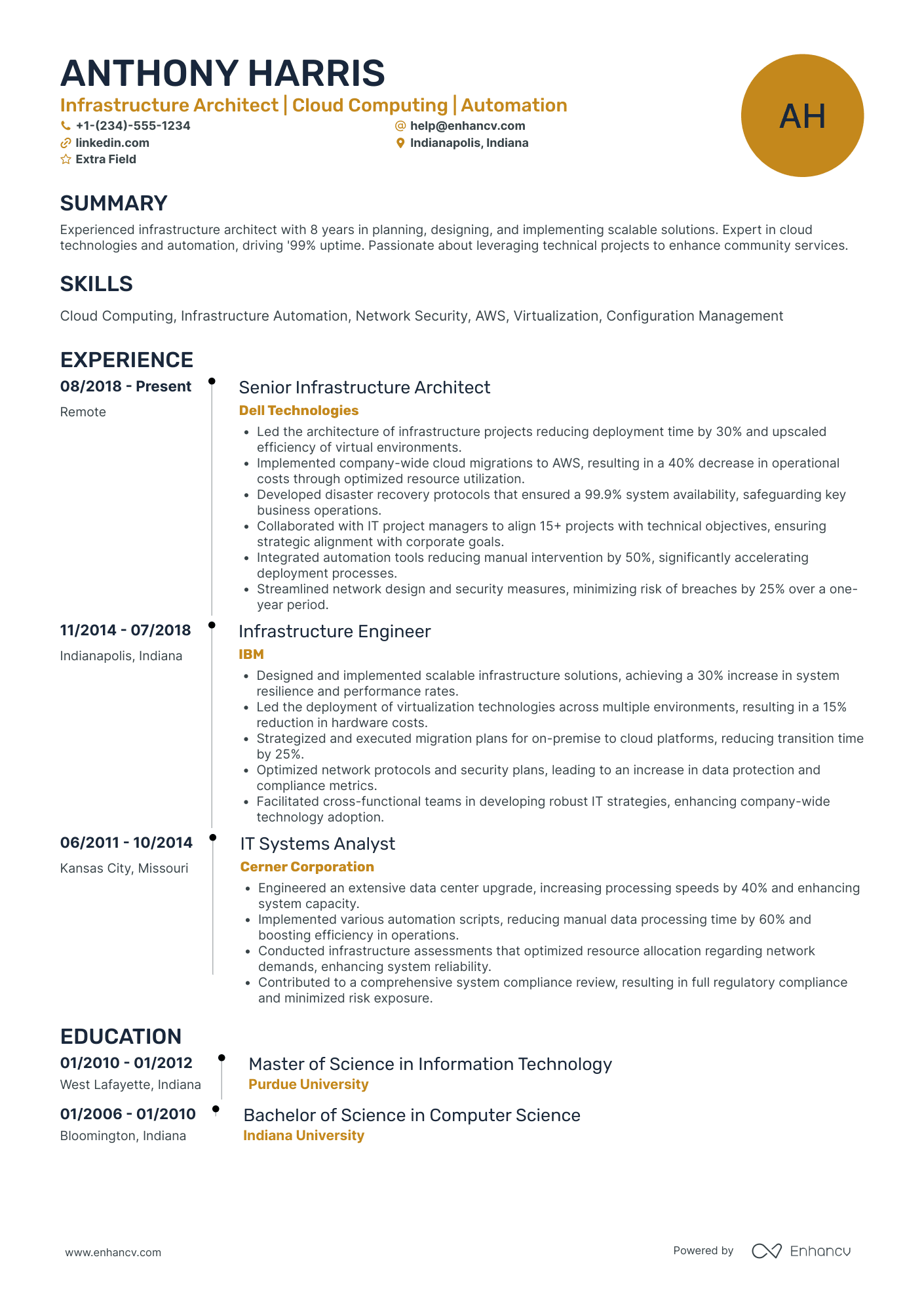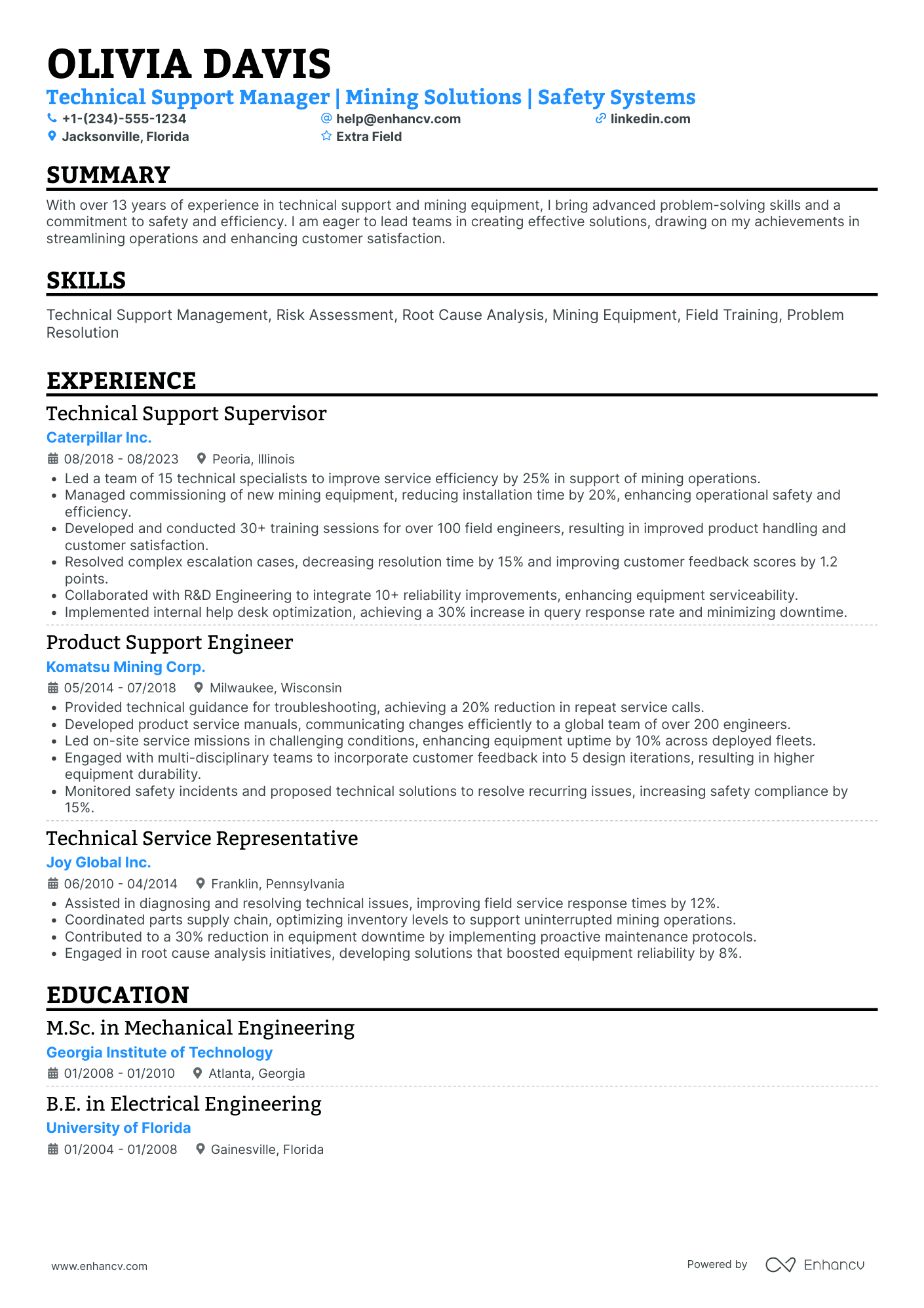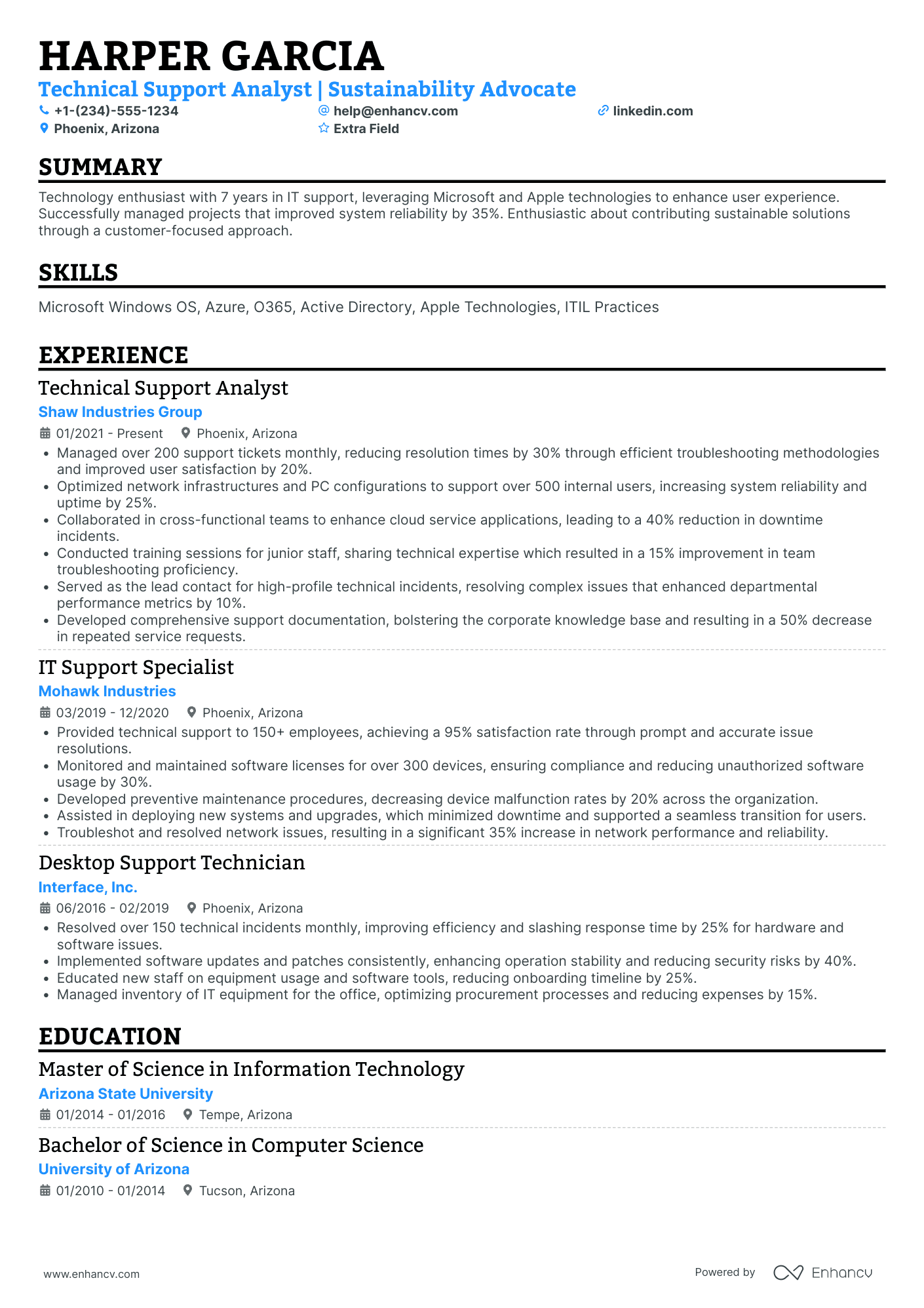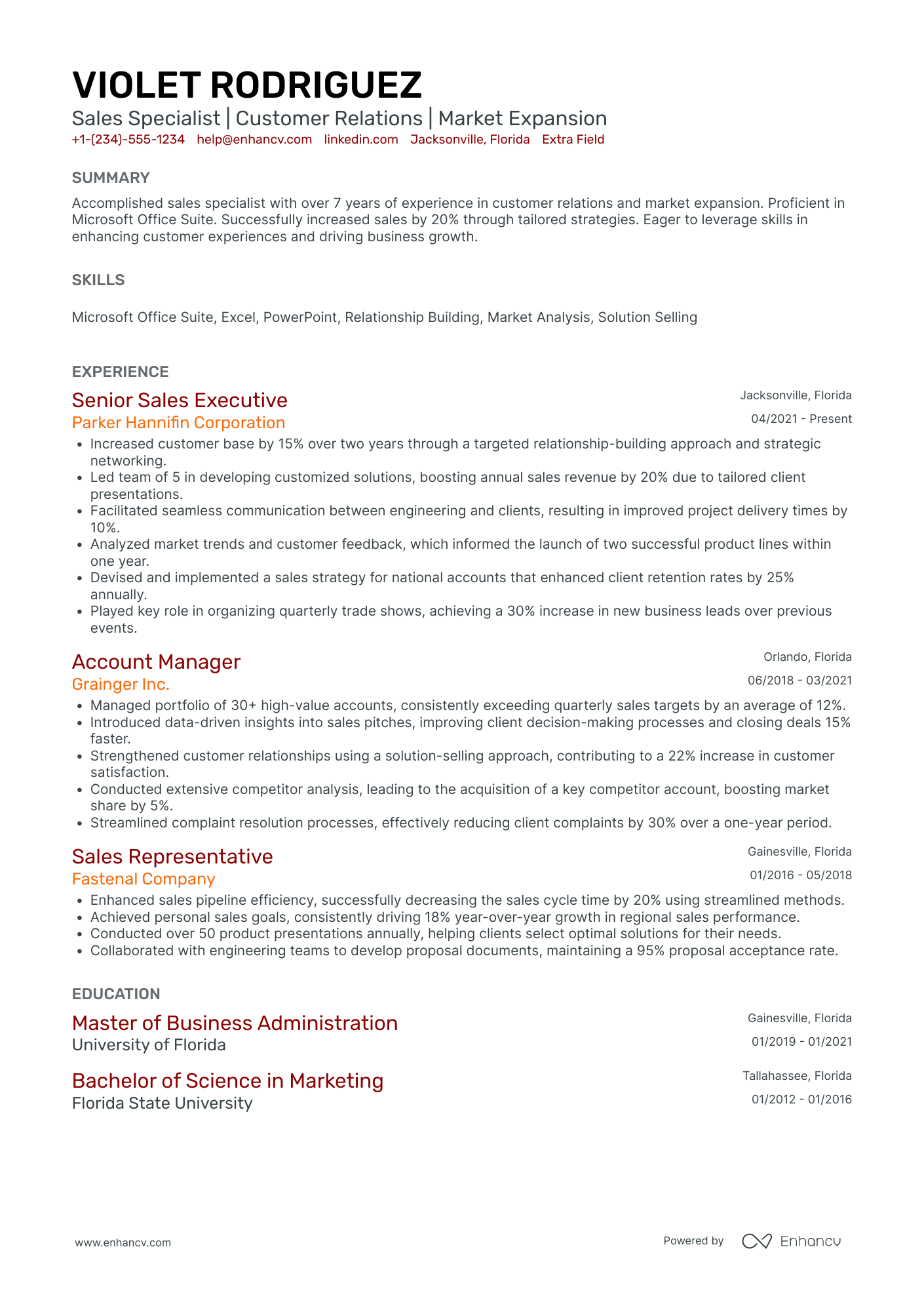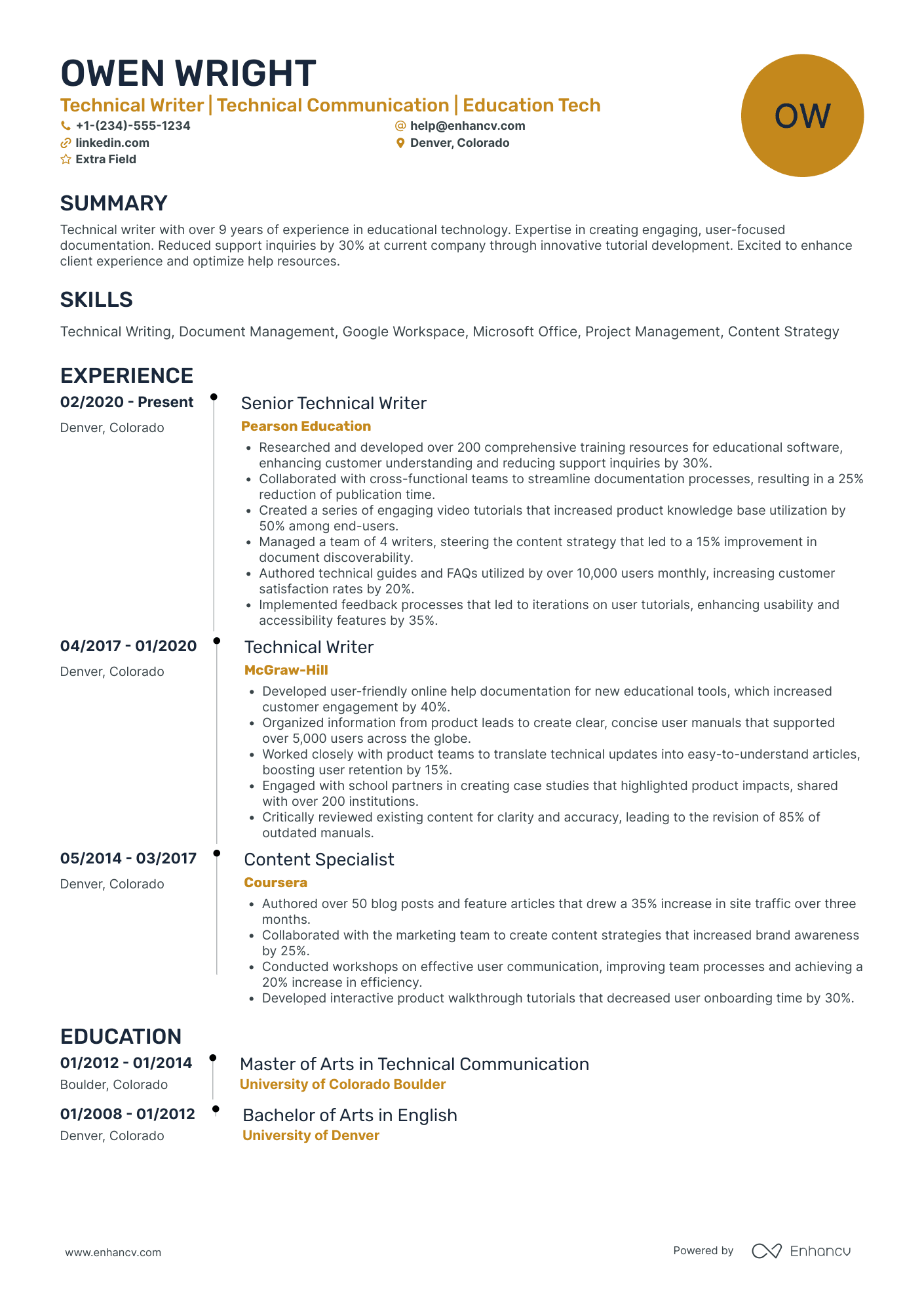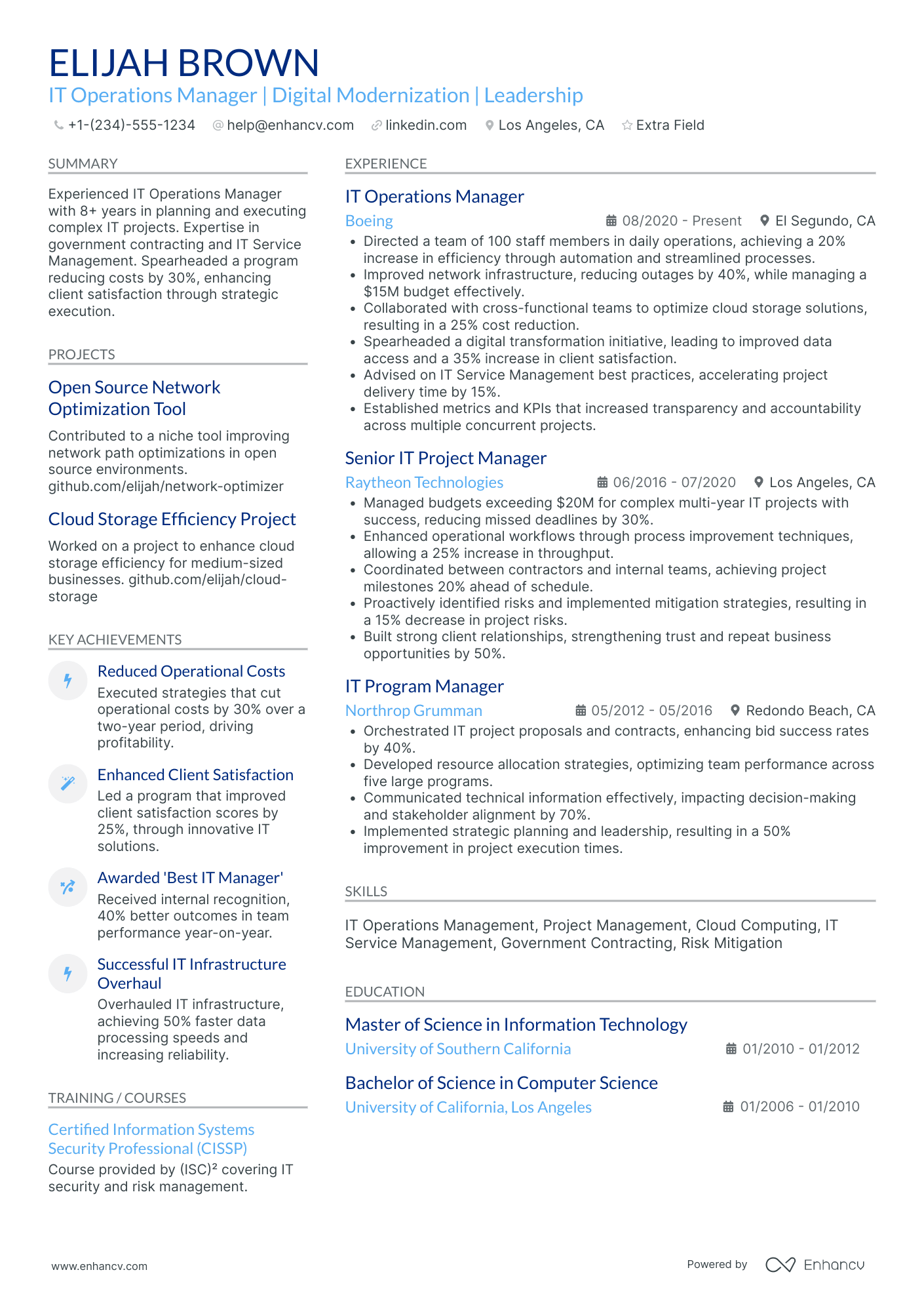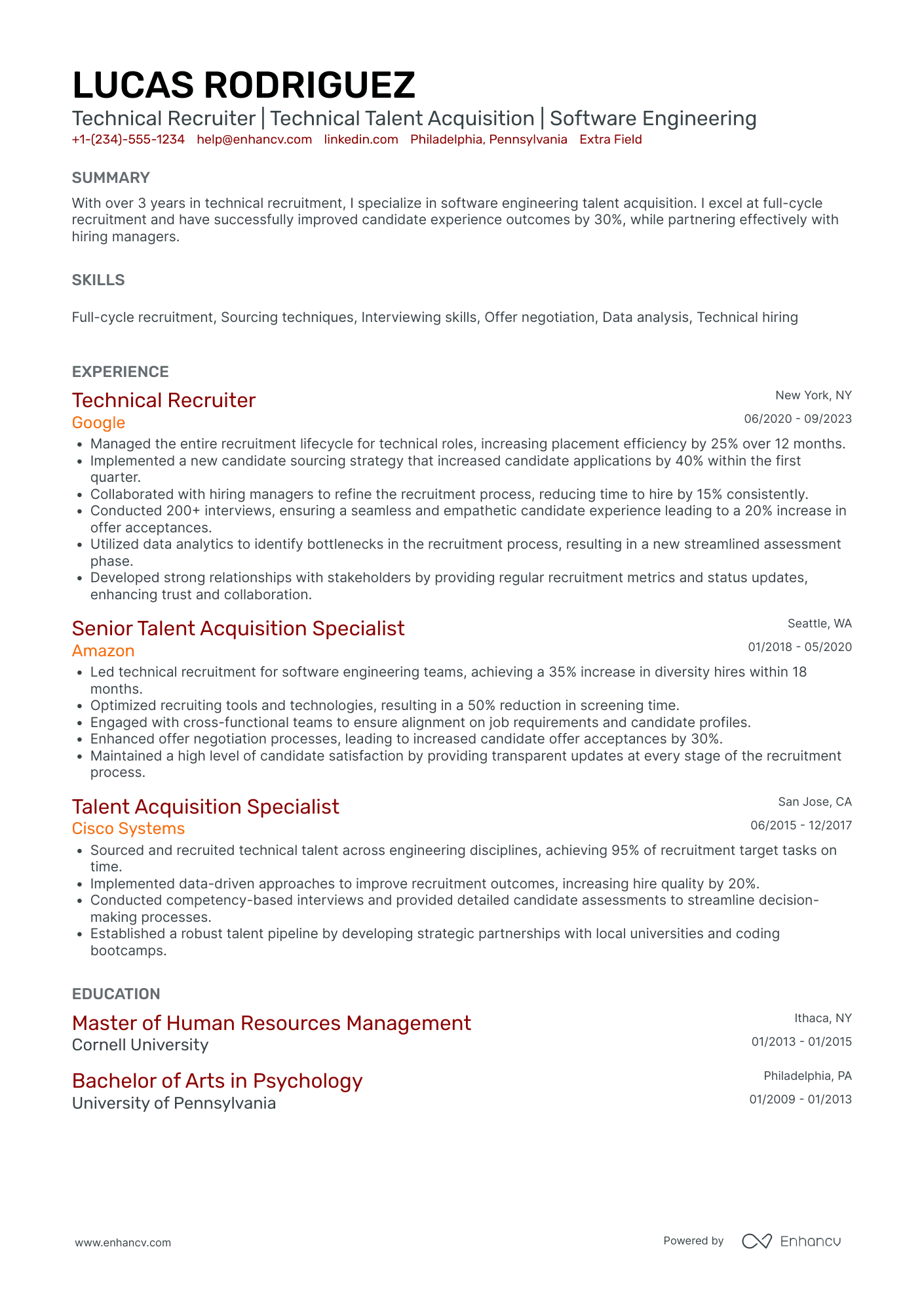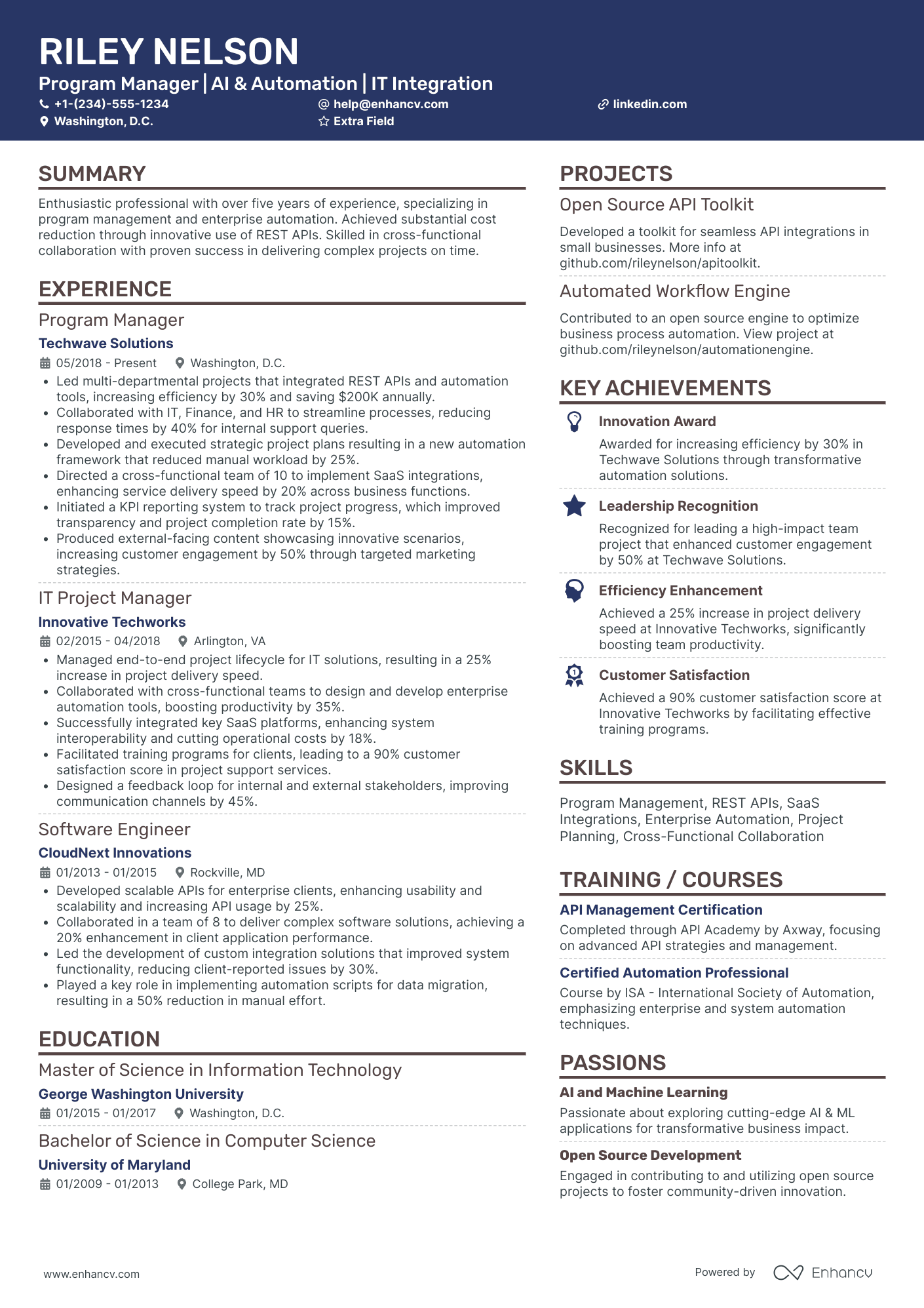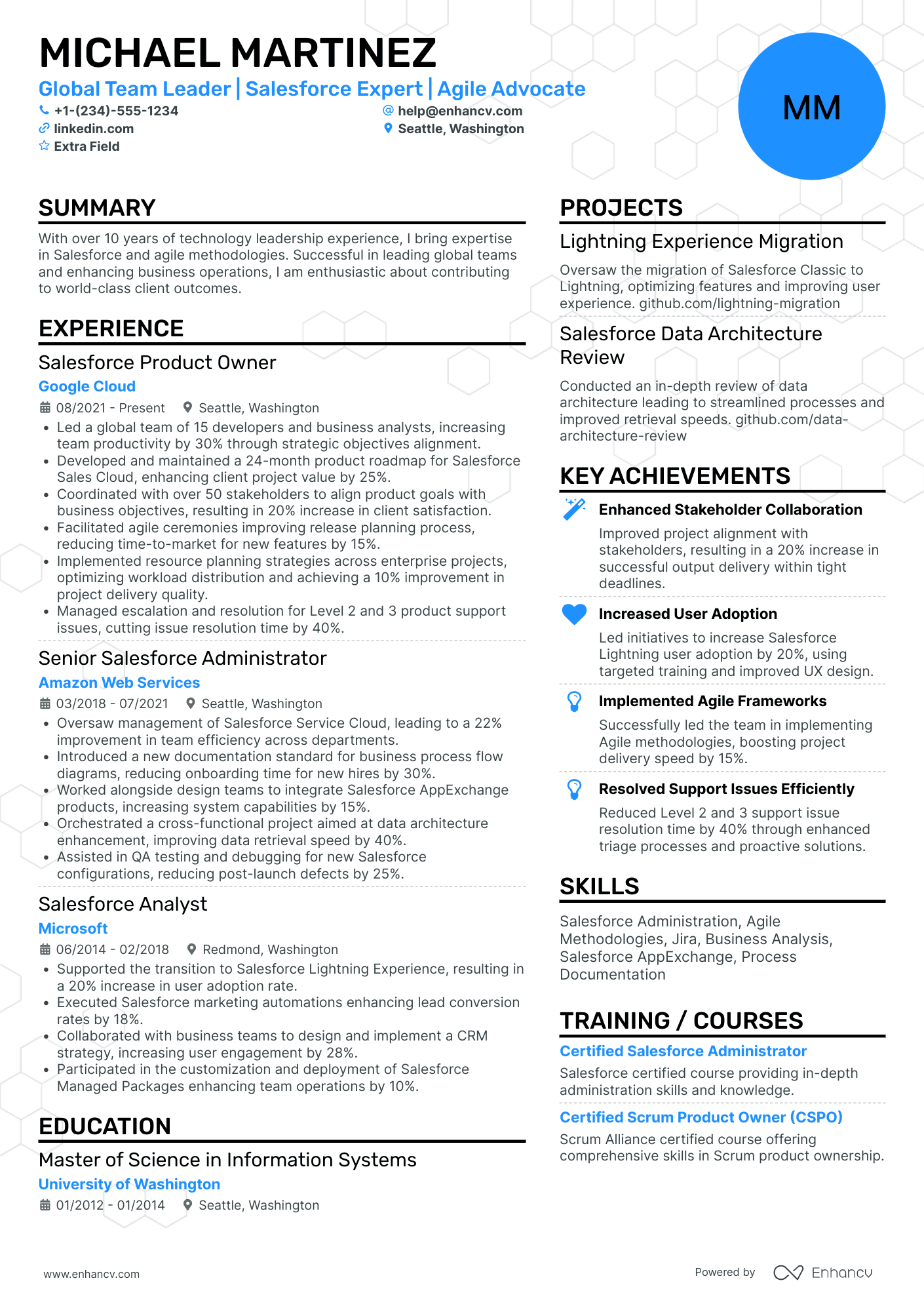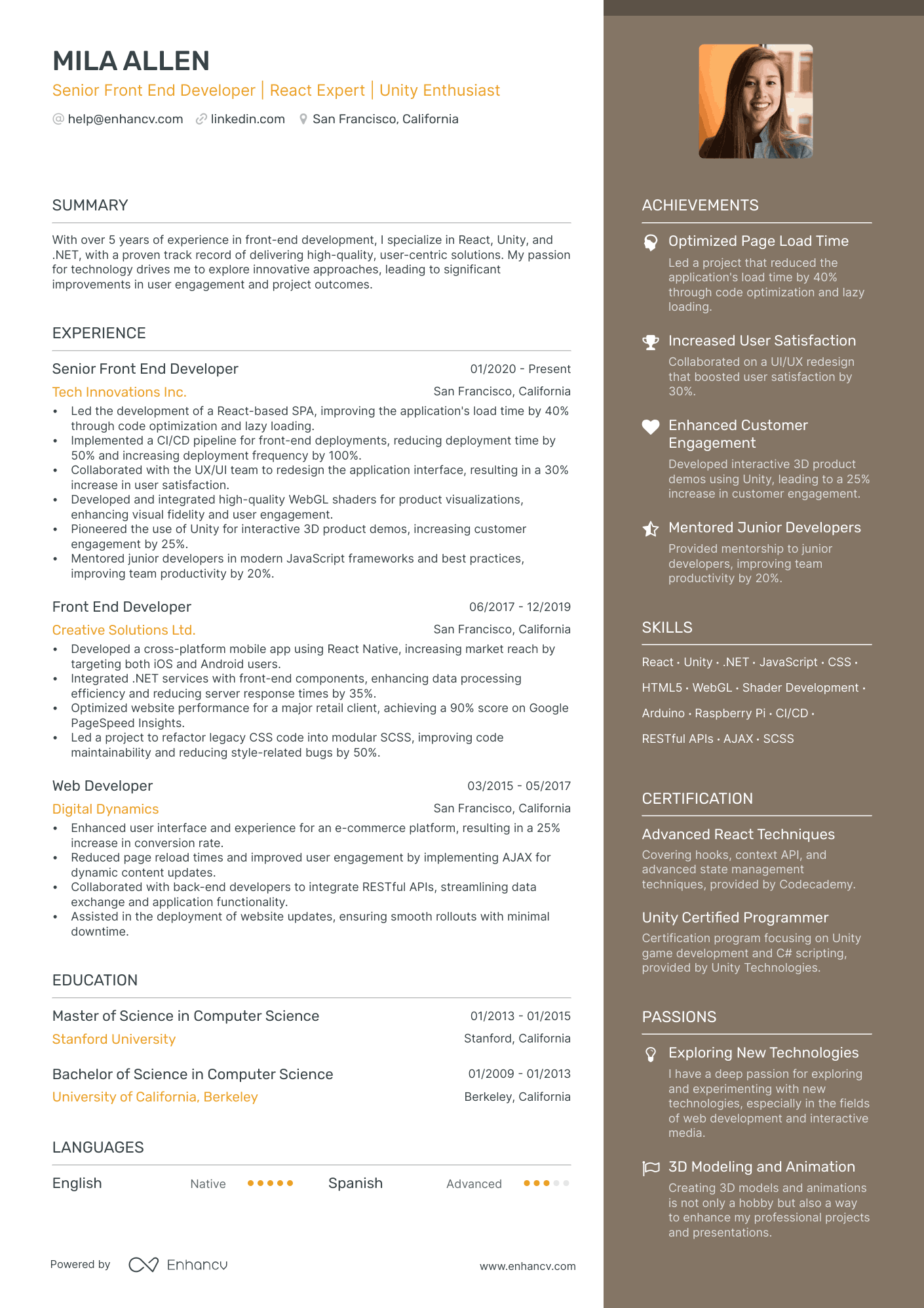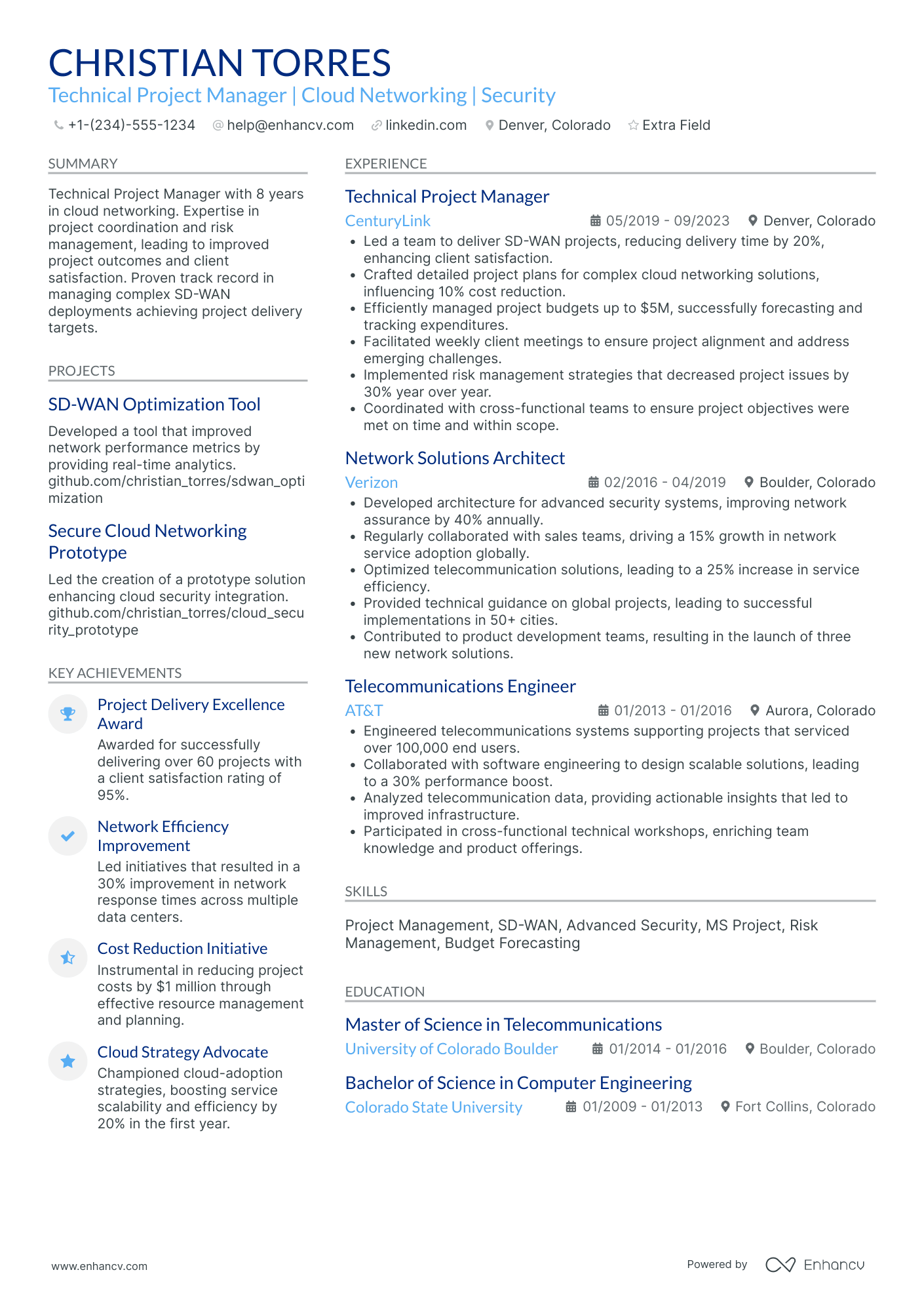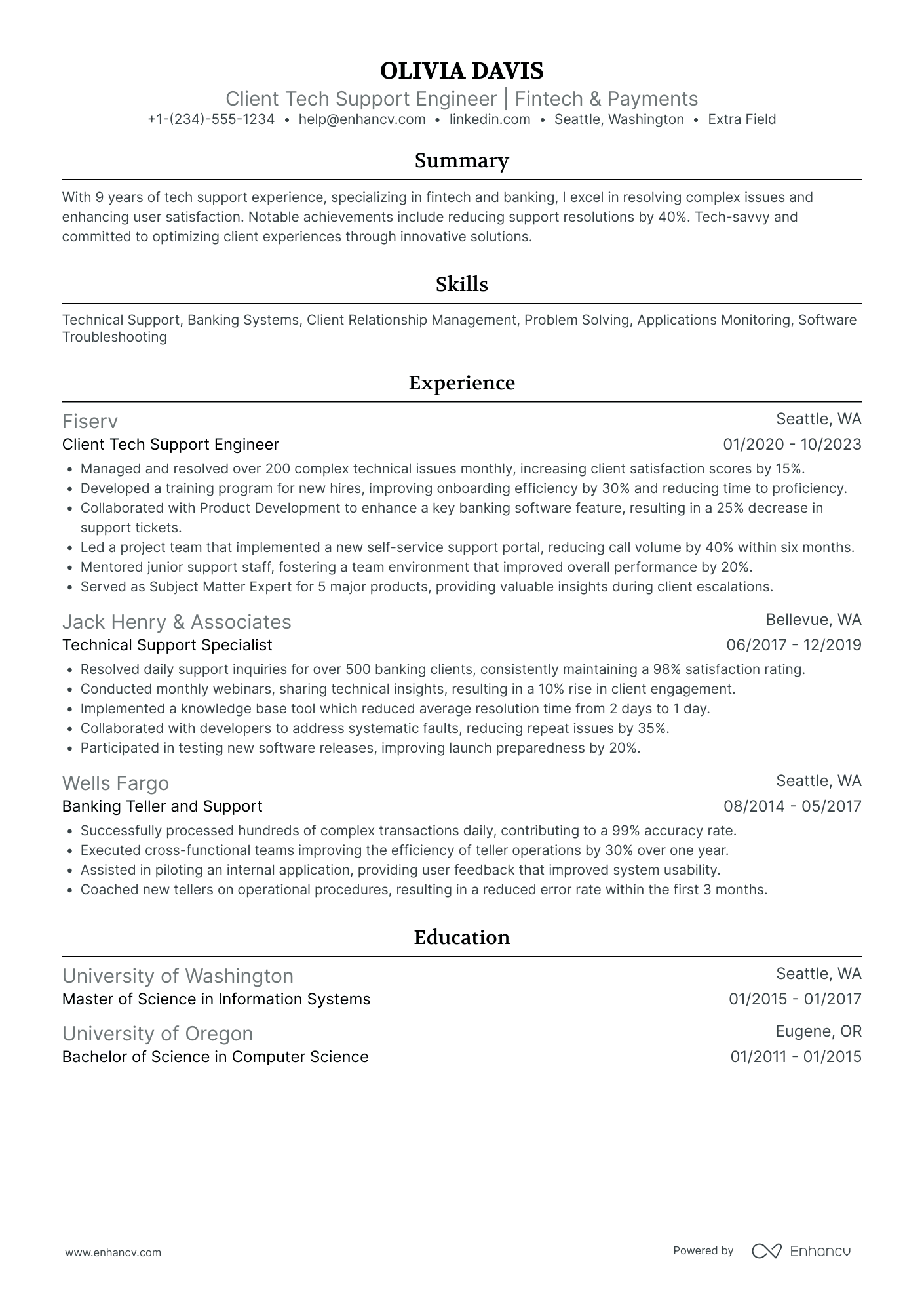You find this tech job and start reading the description. Software development? Check. Team culture fit? Check. Benefits? Check. Next dream job? Check.
With all the tech skills you have on your resume, you think how qualified (and even overqualified) you are for this job. You’ll run through the test assignment with the same speed as Usain Bolt had before he started playing soccer.
But no assignment is coming your way. No callback. Not even an email. All you get is an auto-reply message from a job board.
The sad reality is, that even the brightest software engineers and web developers can’t land job interviews simply because their tech resumes are not making the cut.
Even worse is that your resume often has to make the rounds among several non-technical recruiters long before anyone who knows the difference between an IDE and an API gets their hands on it.
Today, we put an end to this.
This tech resume guide will give you expert tips on:
- How to write a technical resume that recruiters will read from start to finish and even non-tech people will understand.
- What to include and what to skip when deciding on the resume sections.
- How to quantify your impact with concrete numbers.
- Which tech resume template to use for maximum engagement and job interview invites.
We’ll show you how to write a tech resume that will turn all these recruiters and gatekeepers into your advocates.
Here’s how.
Here are a few more good reads on the topic.
- IT Resume Resume Example
- IT Project Manager Resume Example
- Full Stack Developer Resume Example
- Front End Developer Resume Example
- Computer Science Resume Example
How to format a job-winning tech resume
A strong resume is smooth and coherent, with each part following the next in a logical order like a good algorithm. Begin by deciding on the structure.
Applicants with extensive experience go with the reverse chronological order as it showcases their most recent responsibilities and previous employers prominently.
If you’re among those versatile professionals who want to give proper credit to their strengths and not just work history, you might want to use the hybrid format. It's a less traditional approach than the reverse chronological and suits individuals with diverse backgrounds well.
Unsure which format to use? You can choose from our range of customizable templates and start building your resume in no time.
For those who are eager to write their tech resume from scratch, here are our best formatting tips:
- Craft a top-notch resume header. This is the place to put your name, address, and contact details so that recruiters can reach out to you later. It’s very common to include your social media handles but remember: for technical roles, link your Github to showcase your work quality; for IT manager roles, insert your LinkedIn to highlight your networking skills.
- Stick to 2 pages max and only if you have more than 5 years of experience in the industry. If not, a one-pager is recruiters’ favorite, as it’s much easier to scan through. The key to both is to only provide details that are relevant to the specific job you’re trying for.
- Use a readable font, size 10-12 pt. Most tech professionals will go for modern, sans serif fonts like Lato, Rubik, Bitter, and Arial. They are all ATS-friendly.
- Set margins to 1’’. This is the standard and anything less will massively worsen the readability. By the way, yes, our resume builder has it all covered for you.
Before you check all the boxes, remember to save your file as a PDF to make sure it reads on all devices and systems.
Once you’re ready with the structure, we can build a resume that no one can say no to. Here are the most crucial sections of your technical resume that we’ll discuss in today’s guide.
Your resume should match the market – Canadian applications, for instance, may use a different layout.
Top sections to feature on a tech resume
- Technical skills: Showcase your coding and software proficiency.
- Projects and portfolio: Demonstrate real-world application of skills.
- Working experience: Highlight relevant job roles and achievements.
- Education and certifications: Validate your formal training and expertise.
- Professional summary: Offer a snapshot of your capabilities and goals.
These sections should flow naturally in a way that quickly shows recruiters what they are seeking in a tech professional.
What recruiters want to see on a tech resume
- Relevant technical skills and programming languages that are essential for performing job-specific tasks.
- Project experience, showing practical application of technical skills.
- Problem-solving abilities — critical for overcoming technical challenges.
- Adaptability to new technologies, indicating a willingness to learn and evolve.
- Team collaboration, demonstrating the ability to work effectively in team settings.
Finally, whichever layout you’ve chosen for your resume, you’re most likely to start building your experience section first. Let us show you the right way to do it.
How to write the experience section on a tech resume
The experience section of your technical resume is where the majority of your research will pay off.
Have you explored the latest features the target company added to their product? Are they pivoting, expanding, or re-architecting? Are they trying to make their product more stable, or are they in hot water, pushing as many new features as they can before the funding dries up?
Whatever you learn, you can rearrange your previous working experience and demonstrate that you will be a part of the solution.
The next step after you’ve done the research is to create a convincing narrative of your impact. Keep in mind the following:
- A good experience description follows this formula: Accomplished [A] as measured in [B] by doing [C]. For instance, “as a part of a 3-engineer unit developed X messaging platform optimized for 10M+ daily active users”.
- Any tech job description features both buzzwords and keywords that are industry-relevant. It’s important to mention both in your resume for two reasons: First, to pass applicant tracking systems that automatically filter out non-tech resumes, and second, to gain a competitive advantage over candidates who didn’t do due research.
- Don’t lie if you don’t have experience with a certain technology and don’t overdo buzzwords to avoid sounding unnatural.
- Be strategic. If, during your research, you’ve found that a company uses a new technology and mentions this in the job description, by all means, find a way to weave it into your resume narrative. This will show hiring managers that you understood the assignment and went the extra mile to show you’re the right fit.
Now let’s look at the difference between one experience entry that will end up in the rejection pile and one that’s done right.
- •Designed error analysis solution.
- •Created a mobile messaging platform.
- •Created a web portal for managing customer commissions.
This is just a dry list of generic responsibilities. It says nothing about the candidate’s successes. Entries like this one won’t even make the ATS filters.
Below is the revised version.
- •Led a team of 9 engineers to design and implement an error analysis solution that reduced the development to production time for the mobile department by 35%.
- •As a part of a 3-engineer unit, developed Kowat messaging platform optimized for 10M+ daily active users 24/7.
- •Designed and developed web-based portal for processing customer commissions, which resulted in a 13% indirect sales uptick within the first 3 months.
- •Technology used daily: Docker, Python, Django, Java, Microservices, and PostgreSQL.
Notice the use of action verbs such as led, developed, and designed. Although the first person singular is implied, the choice of verbs demonstrates the candidate's agency, management skills, and creative talent.
A significant strength of this experience section is its use of specific metrics to illustrate success, such as reducing production time by 35%, optimizing a platform for over 10 million users, and achieving a 13% increase in sales. These details not only highlight the candidate's impactful contributions but also their ability to quantify their achievements.
Additionally, the section includes a concise yet persuasive list of technologies used within the organization. This highlights the candidate's proficiency in essential programming languages, and also removes the need for a separate hard skills section, thus saving space.
For more ideas on how to create an actionable resume experience section, check out our article on “How to Describe Your Resume Work Experience.” Meanwhile, we'll explore detailed strategies for quantifying success in your resume.
How to quantify impact on a tech resume
As mentioned above, prospective employers will need proof that you can do the job. It's essential to fill your resume with numbers that illustrate the outcomes of your work. Below is a list of examples:
- Include the percentage increase in website traffic due to your optimization efforts, demonstrating your ability to boost online presence.
- Mention the amount of money saved through efficient code refactoring, showcasing your contribution to cost reduction.
- Highlight the reduction in load times you achieved for applications to illustrate your skills in enhancing user experience.
- Detail the number of users added after launching a new feature, showing your impact on user growth.
- Specify the revenue growth achieved from a project you led to indicate your direct contribution to the company's financial success.
- Report the decrease in bug reports after you improved software quality.
- Note the number of automated tests you implemented to highlight your role in ensuring software stability.
- Describe the scale of data you managed or analyzed, emphasizing your capability in data-driven projects.
How to write an entry-level tech resume
The tech industry is hungry for candidates, so starting out as a junior developer should be a breeze, right?
Not really. The demand is so high that the job market gets inundated with people just like yourself. Even those with up to 2 years of experience, spend months sending out job applications.
So how do you make it?
You need to absolutely nail your tech resume. Below are the three major qualities you should showcase.
Show that you’re a continuous learner. New tools and technologies are popping up every day. Do your best to stay updated on the latest technologies and sign up for every training course you can afford to gain that full-stack expertise. This can be put in the certifications section of your resume, or even better—in the hard skills section. When choosing what to do, consider matching the respective certificate with the job requirements.
Next, to build a tech resume with no experience, you must compensate with versatility. It’s vital to focus on skills you’ve gained through personal interactions. Now’s the time to remember that project you worked on in college when you divided tasks between team members and mediated conflicts. Or maybe you resolved a customer support issue at your part-time job. Each of these can add to the assets you bring to the table.
The third most important factor for a junior tech resume is the portfolio. The less exciting news, however, is that you may have to do freelance work for a low fee to gather enough projects to be able to create a portfolio. Doing this will not only teach you valuable new technical skills, it will also make you more marketable. Hiring managers will see you as someone with drive, ambition, and a lifelong desire to learn.
Make sure you state your projects or tech portfolio prominently on your resume. We’ll show you how in the sections that follow.
Technical resume skills section: do’s and don'ts
Having a balanced skills section is crucial for IT resumes because it helps recruiters understand whether or not you can perform the job.
But no one wants to read a list of 50+ skills that you've acquired over your career.
Here are some tips to make your skills section more engaging and impactful:
- Put the tech that the company uses higher on your list.
- Group your tech skills for better readability, e.g. “Programming languages”, “Platforms”, “Services”.
- List only the most recent and relevant technology. Outdated technology may leave a poor impression.
- Mention methodologies on par with frameworks—the ability to work with teams that follow Agile or DevOps workflows is as important as the hard skills you have.
- Add some buzzwords you weren’t able to include with the experience section: DataOps, DevOps, VR/AR. But add only relevant ones; don’t overdo it.
- If you’re going for a leadership position, emphasize the soft skills section.
Here are some of the most sought-after hard skills to put on your tech resume:
Top hard skills to feature in a tech resume
- Programming languages (e.g., Python, Java, JavaScript)
- Database management (e.g., SQL, MongoDB)
- Cloud computing (e.g., AWS, Azure, Google Cloud)
- DevOps tools (e.g., Docker, Kubernetes, Jenkins)
- Web development (e.g., HTML, CSS, React, Node.js)
- Mobile app development (e.g., Swift, Kotlin)
- Machine learning/AI (e.g., TensorFlow, PyTorch)
- Cybersecurity (e.g., Firewalls, Encryption, Penetration Testing)
- Network Administration (e.g., TCP/IP, DNS, VPN)
- Data Analysis (e.g., Excel, R, Tableau)
- Software Testing (e.g., Selenium, JUnit)
- System Administration (e.g., Linux, Windows Server)
- Version Control Systems (e.g., Git, SVN)
- Big Data technologies (e.g., Hadoop, Spark)
- Blockchain (e.g., Ethereum, Smart Contracts)
- Internet of Things (IoT)
- Robotics (e.g., ROS)
- User Interface / User Experience Design (UI/UX)
- Agile Methodologies (e.g., Scrum, Kanban)
- Project Management Tools (e.g., JIRA, Asana)
Now onto the soft skills section.
Recruiters won’t buy any generic “communication” or “problem solver” entries in this section either. However, here you have a great opportunity to transform something that is a liability into an opportunity.
PRO TIP
Learn more about the company you’re applying to and you’ll see which soft skills you should double down on. This filters out irrelevant skills and leaves more space on your resume for the really important stuff.
Frame your soft skills section as your “Achievements.” Did you win a blockchain hackathon in 2021? Great way to demonstrate your quick thinking and creativity. Spotted an error in a corporate BI reporting system? That’s attention to detail. Launched an MVP with a small team of undergrads? Teamwork and resource management.
This section is also great for demonstrating your ability to work well within Agile teams, corporate cultures, or remote startups.
Here are some of the soft skills that matter the most when applying for a job in information technology.
Best soft skills for your tech resume
- Communication
- Teamwork
- Problem-solving
- Continuous learning
- Creativity
- Work ethic
- Time management
- Critical thinking
- Leadership
- Attention to detail
- Conflict resolution
- Empathy
- Initiative
- Patience
- Negotiation
- Resilience
- Organization
- Listening
- Decision making
- Emotional intelligence
Are you still not sure what skills will win recruiters over? Check out our guide “How to Create A Resume Skills Section To Impress Recruiters (+10 Examples You Need to See).”
Should you put education & certifications on a tech resume
The majority of tech positions require a degree in computer science or any related field. However, the more experience the technical position requires, the less education plays a role in the selection process.
If you’re applying for a senior software engineer, IT manager, or any other job that requires years of experience, put the еxperience section on top of your tech resume template.
If you, however, apply for an entry-level technical position, make sure to format your education section for maximum impact. To do that, put the most relevant coursework in the beginning. Mention your GPA if it’s above average (meaning over 3.0)—if not, drop the number altogether.
Browse more essential tips on how to feature education on your resume, in our guide “Perfecting the Education Section on Your Resume.”
How to put certifications on a technical resume
There are many certifications in the IT field, but there’s no reason to mention every one of them on your tech resume. As with every other bit of information, add only certificates that are highly relevant to the job or that are hard to achieve (such as Cisco Certified Internetwork Expert or Project Management Professional).
Best certifications that will amplify a tech resume
If you hold multiple certifications, list them in a dedicated section. Here are the things to include in the entries:
- Put the name of the certificate on top.
- Add the name of the issuing organization.
- Insert the year obtained and the expiration date, if applicable.
Keep this section nice and clean so that hiring managers can quickly spot your most recent certificates.
How to write your tech resume summary or objective
You know what’s the difference between the tech skills of someone who’s spent 10 years in front-end development and someone who’s just finished a Coursera web-dev course?
None. Their “React.js”, “Angular”, “HTML”, and “Front End Development” may look identical.
The same goes for back-end developers, system administrators, and software engineers.
With the abundance of online courses, everyone can quickly learn the next hot framework or stack and even have some experience with it.
To write a job-winning tech resume that passes all ATS and human filters with flying colors, you need to account for one critical thing: context. That’s what your resume summary should have and it’s through the summary that you can make all the difference.
You need to demonstrate the impact of your work. Not just that you can do the work, but also that this work drives results. Use these 3-5 sentences to really grab the reader and make them want to read the rest of your resume.
The following example is a bad one—avoid sounding so vague and unengaged.
While it looks very well done, this summary doesn’t say anything about the candidate. It’s so generic, that the same can be put on any other software engineer’s resume. We don’t get anything about the applicant’s level of experience, any job-specific skills, certifications, or professional goals.
Let’s change that.
This summary packs a punch with its authority and trustworthiness. Here's a quick breakdown:
- Quantified impact: It highlights a solid achievement (boosting operational efficiency by 40% across 100+ client companies), showcasing the candidate's proven track record.
- Tech expertise: It drops names of specific technologies (think Python, JavaScript, React, AWS, Azure) the candidate is proficient in, making it easy for hiring managers to see the fit with job needs.
- Career ambitions: It outlines a crisp professional goal (aiming to use technical leadership and fresh engineering approaches to fuel the company's growth and success), signaling ambition and the drive to make an impact.
- Choice of words: The smart sprinkle of buzzwords and keywords like senior, leading, successful, and passionate, refer to their improvement and leverage. Alongside continuous learning, this paints a full picture of the candidate's persona and professional depth.
If you’re looking for some more tech resume inspiration, try our resume builder which offers 10,000 content suggestions. You’ll thank us later.
For those at the starting gate of their tech careers, writing a resume objective is the way to go. Objective statements are perfect for merging your goals with what the company seeks, especially for newbies or career switchers. Within 3 sentences, you need to spotlight how you aim to grow and contribute right from the get-go.
Optimize your resume summary and objective for ATS
Drop your resume here or choose a file.
PDF & DOCX only. Max 2MB file size.
Additional sections for a tech resume
Tailoring your tech resume can vary widely based on the company, your seniority level, and location. You might consider adding extra sections, such as language skills, hobbies, or projects.
However, pause and consider if this additional section will sway recruiters in your favor. It should spotlight skills or qualifications directly relevant to the job.
For tech people, a projects section makes the most sense. Let’s see how it’s done.
How to include projects in a tech resume
Why should tech pros spotlight their side projects on their resumes? It's simple—these additions boost your appeal by demonstrating your ongoing engagement and eagerness for professional development.
There are various ways to feature projects on a tech resume. You might highlight a standout project in your summary or weave it into your experience descriptions.
For the well-versed tech veteran with numerous side projects, dedicating a separate section is the way to go. Here's how:
- Start by writing the name of the project.
- Mark the dates of duration.
- Give 1 sentence about your role in the project.
- List in bullet points your contributions and project outcomes.
- •Developed and deployed a cloud-based platform on AWS to streamline operations, reducing operational costs by 25%.
- •Implemented a data analytics suite using Python and Tableau, enhancing data-driven decision-making and increasing project impact visibility by 40%.
- •Spearheaded the migration of legacy systems to scalable, modern technologies, improving system reliability and user satisfaction.
Key takeaways: make a tech resume that stands out
In the ever-competitive field of tech, where everyone's trying to be the next big disruptor, a great resume could be your ticket to the big leagues. Let’s re-cap everything you need to know about crafting that game-changing tech resume:
- Weave a compelling narrative that does more than just flaunt your tech skills—it tells the story of a problem solver who's ready to tackle the next big challenge.
- Stand out from your competition by demonstrating the impact of your professional work.
- Use clever formatting to guide recruiters’ attention and make your technical resume engaging and easy to read.
- Provide real-world contexts for your skills, proving you're not just throwing around buzzwords like "blockchain" or "machine learning" but actually know your stuff.
- Dive deep into your target companies—understand their tech stack, their culture, and what keeps their CTO up at night—and craft your resume accordingly.
Tech resume examples
By Experience
Tech Lead
By Role
